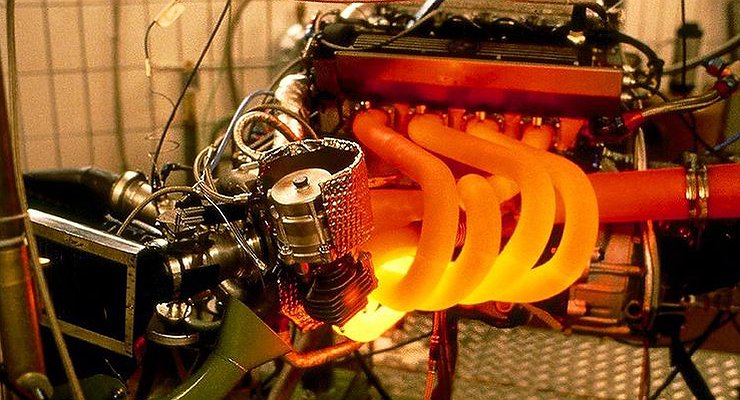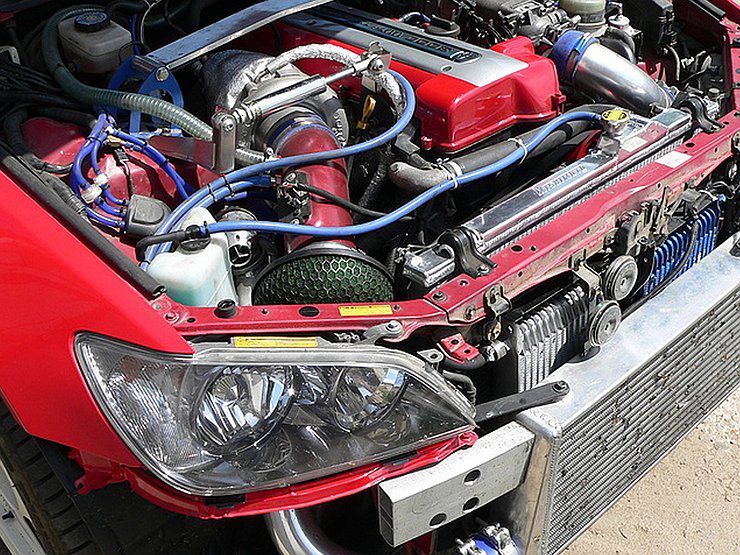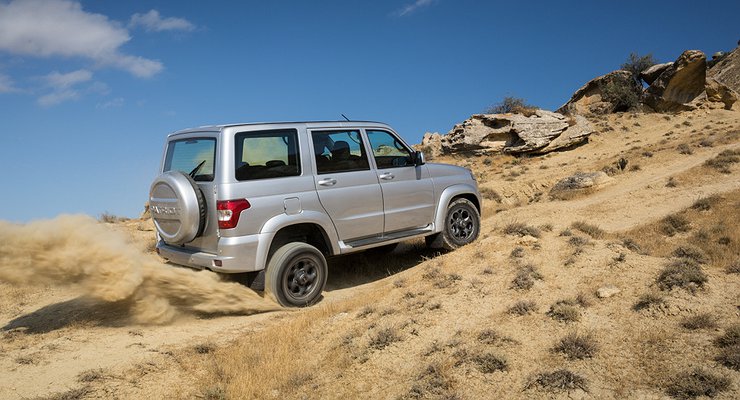Summer is confidently marching toward its equator. And, as you know, the equator is hot. And in many regions of Russia, the real summer weather has begun, when the thermometers do not fall below +30 degrees. However, not everyone tolerates heat equally well. And even cars at high temperatures can fail. Especially if under the hood – a turbocharged engine. The AvtoVzglyad portal found out what problems can arise with turbocharged engines in the heat.
Summer heat is no better than winter frost. And it is also felt by people and cars. When the street is below +30 and above, it becomes difficult for the latter’s engines to breathe and there is no trace of the former high torque. Turbocharged engines are particularly sensitive to heat.
Every motorist knows that for proper engine operation, air and fuel must be mixed in a certain ratio. However, the oxygen content of the air is not always the same. For example, in rainy and cool weather, when the air is denser, it is higher. In the heat, when the air is heated and expanded, the oxygen content in it is low. And this difference, thanks to temperature sensors and a lambda probe, is felt precisely by the turbocharged engine, which refuses to pull. The engine control unit simply reduces the amount of fuel supplied to the combustion chambers by decreasing the oxygen content in the incoming air.
In addition, the fact that the air entering the turbine is heated also plays a role. The turbine heats it up even more. And superheated air goes into the engine. And this, by the way, is a temperature of about 70 degrees, which even a cooler or, in other words, an intercooler, is quite difficult to deal with. The result is not long in coming – the car loses acceleration dynamics. And this problem can only be solved by installing an additional cooler or flashing the “brain” of the engine.
Another problem with turbines in the heat is overheating. Despite the fact that all turbines are equipped with a cooling system and many car manufacturers claim that the superchargers in their cars do not need to be cooled before the car is turned off, the resource of the turbocharger may not be sufficient under certain circumstances. For example, if the turbine cooling system is not equipped with an electric pump, which pumps coolant through the circuit some time after stopping, preventing the hot oil from boiling somewhere in the bearings. If you are not sure whether your car’s turbine is equipped with such a pump, it is best to let the engine idle for a few minutes before turning the key in the ignition to the “off” position.
Heat is a serious test for auto parts and assemblies. Therefore, you should not tax them for no reason. They are already hard at work. Just accept that all engines lose power in the heat. And turbo engines are particularly sensitive to heat.
Summer heat is no better than winter frost. And it is also felt by people and cars. When the street is below +30 and above, it becomes difficult for the latter’s engines to breathe and there is no trace of the former high torque. Turbocharged engines are particularly sensitive to heat.
Every motorist knows that for proper engine operation, air and fuel must be mixed in a certain ratio. However, the oxygen content of the air is not always the same. For example, in rainy and cool weather, when the air is denser, it is higher. In the heat, when the air is heated and expanded, the oxygen content in it is low. And this difference, thanks to temperature sensors and a lambda probe, is felt precisely by the turbocharged engine, which refuses to pull. The engine control unit simply reduces the amount of fuel supplied to the combustion chambers by decreasing the oxygen content in the incoming air.
In addition, the fact that the air entering the turbine is heated also plays a role. The turbine heats it up even more. And superheated air goes into the engine. And this, by the way, is a temperature of about 70 degrees, which even a cooler or, in other words, an intercooler, is quite difficult to deal with. The result is not long in coming – the car loses acceleration dynamics. And this problem can only be solved by installing an additional cooler or flashing the “brain” of the engine.
Another problem with turbines in the heat is overheating. Despite the fact that all turbines are equipped with a cooling system and many car manufacturers claim that the superchargers in their cars do not need to be cooled before the car is turned off, the resource of the turbocharger may not be sufficient under certain circumstances. For example, if the turbine cooling system is not equipped with an electric pump, which pumps coolant through the circuit some time after stopping, preventing the hot oil from boiling somewhere in the bearings. If you are not sure whether your car’s turbine is equipped with such a pump, it is best to let the engine idle for a few minutes before turning the key in the ignition to the “off” position.
Heat is a serious test for auto parts and assemblies. Therefore, you should not tax them for no reason. They are already hard at work. Just accept that all engines lose power in the heat. And turbo engines are particularly sensitive to heat.
Source: Avto Vzglyad
I’m Sandra Torres, a passionate journalist and content creator. My specialty lies in covering the latest gadgets, trends and tech news for Div Bracket. With over 5 years of experience as a professional writer, I have built up an impressive portfolio of published works that showcase my expertise in this field.














